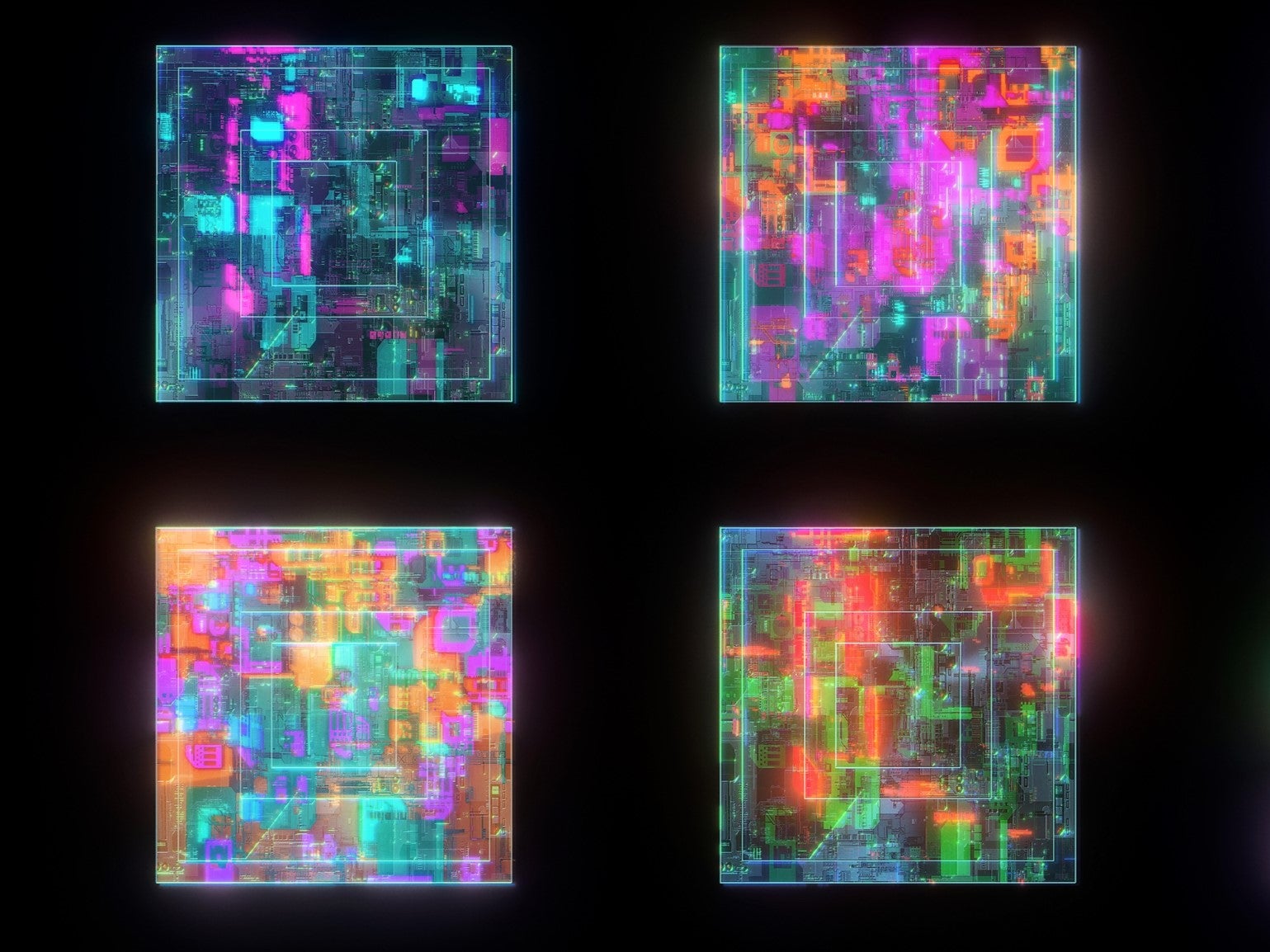Quantum computer discovers bizarre particle that remembers its past
Anyons were first theorised by physicists in the 1970s, and may hold the key to practical quantum computing

Your support helps us to tell the story
From reproductive rights to climate change to Big Tech, The Independent is on the ground when the story is developing. Whether it's investigating the financials of Elon Musk's pro-Trump PAC or producing our latest documentary, 'The A Word', which shines a light on the American women fighting for reproductive rights, we know how important it is to parse out the facts from the messaging.
At such a critical moment in US history, we need reporters on the ground. Your donation allows us to keep sending journalists to speak to both sides of the story.
The Independent is trusted by Americans across the entire political spectrum. And unlike many other quality news outlets, we choose not to lock Americans out of our reporting and analysis with paywalls. We believe quality journalism should be available to everyone, paid for by those who can afford it.
Your support makes all the difference.Researchers have used a quantum computer to uncover a mysterious particle called an anyon that appears to remember its past.
Anyons were first theorised by physicists in the 1970s, with a particular group of the two-dimensional “quasiparticles” capable of holding a memory in a similar way to how a braided rope retains the order of its crossed strands.
UK-based firm Quantinuum used its new H2 quantum processor to create and manipulate these non-Abelian anyons for the first time, adding the work was a significant step towards practical quantum computing.
“Our newly-launched H2 quantum processor is the first machine that can achieve this breakthrough moment,” said Quantinuum founder and CEO Ilyas Khan.
Quantum computers use the properties of quantum physics to store data and perform computations. The basic units of information in conventional computers are called bits and are stored as a string of 1s and 0s.
In a quantum computer system, these units are known as qubits and can be both 1s and 0s at the same time. This is thought to give quantum machines much greater computational power than conventional machines, performing tasks that would take existing computers many years.
However, progress towards commercially viable quantum machines has been slow. This is because the ability to pass information in quantum computers is fragile, and environmental interference such as heat and defects in materials can cause errors to creep up.
Over the last few decades, physicists have mostly focused on controlling or removing such errors.
Meanwhile, experts have also theorised that the solution could be found in an exotic version of a qubit, known as a topological qubit – which Quantinuum’s scientists believe they have now created.
Topological qubits relate to a mathematical study known as topology, where a structure undergoing physical changes still holds the properties of its original form.
It means this type of qubit has properties that can protect the quantum state from being disturbed by the environment, essentially paving the way for quantum computing systems that need minimal error correction.
Mr Khan said: “We are announcing for the first time the detection and creation of topological qubits that could become the basis for a quantum computer that solves complex problems, rather than something that is merely a proof of concept.”
For the system to work, topological qubits require the presence of a type of exotic particle known as non-Abelian anyons, which encode information using a technique known as braiding.
Their work has been published as a preprint on the online portal arXiv and is currently undergoing a peer-review process before being published in a journal.
Commenting on the results, Professor Winfried Hensinger, director of the University of Sussex Centre for Quantum Technologies, who was not involved in the research, described the work as a “very nice achievement” demonstrating the power of a technology known as “trapped ions” used in the H2 processor.
Prof Hensinger, who is also and chief scientist and cofounder at quantum computing spin-out company, Universal Quantum, added: “The breakthrough reported by Quantinuum corresponds to the experimental demonstration of a particular quantum state that is interesting for scientists because of its particular properties.
“The demonstration is made using a transport-based trapped-ion quantum computer. Such machines are very powerful – indeed we also develop them at Universal Quantum, because of their ability for every quantum bit to interact with any other quantum bit.”
Additional reporting from agencies

Join our commenting forum
Join thought-provoking conversations, follow other Independent readers and see their replies
Comments